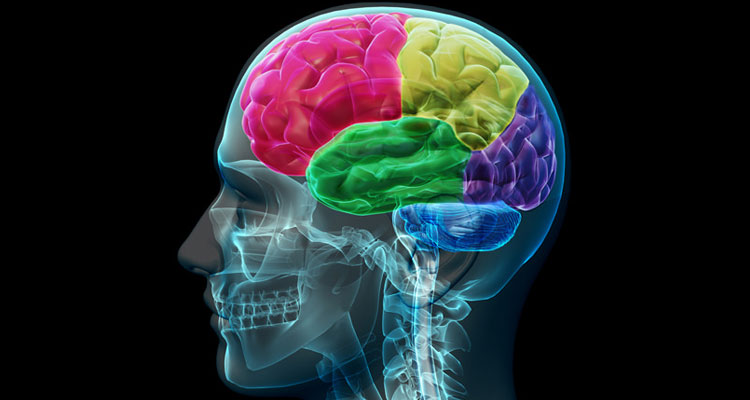Think about your favorite teacher, your most embarrassing moment in school, and the one activity you most hated to do in school. You probably did not have to use any cheat sheets or cliff notes to recall those moments from your school days. As humans, we cannot separate our experiences from our emotions. That’s why it is so important to address emotion in learning and do it effectively. Here, we explore the science behind the relationship between emotions and learning and the ways in which invoking student emotion can help them in the learning process.
How the Emotional Center of the Brain Interacts with Learning Systems
Robert Sylwester explains that studies show “our emotional system is a complex, widely distributed, and error-prone system that defines our basic personality early in life, and is quite resistant to change.” In order to understand this complex emotional system and how it affects students’ capacity to learn, we need to explore the system’s two parts: the molecules, or peptides, that carry emotional information and the body and brain structures that activate and regulate emotions.
Two peptides, cortisol and endorphins, affect student behavior. When students feel threatened, their bodies release cortisol that activates body/brain defensive responses that vary depending on the nature and severity of the stressor. Because stress results from emotional problems, students and teachers often overreact to frustrating classroom situations. High levels of cortisol result in feelings of despair and failure. Conversely, endorphins reduce pain and increase euphoria, and endorphin levels elevate when people experience positive social contacts, making us feel good about ourselves and our environments. Thus, supportive teachers create chemical responses in students that make them more likely to learn successfully, even in stressful situations.
Emotions Affect the Brain
The neuroscience explains how positive emotions benefit learning while negative emotions hinder it. Priscilla Vail, M.A.T., relates the science to teaching when she reminds educators that “knowledge often flies out of their grasp when they are scared. Faced with frustration, despair, worry, sadness, or shame, kids lose access to their own memory, reasoning, and the capacity to make connections… sadly, in many of today’s classrooms, we see children whose intellectual energies and capacities are drained by negative emotional stress.” Simply put, emotions have the power to switch on or switch off learning.
How Teachers Use Emotions to Improve Student Learning
In their article, Hunter Maats and Katie O’Brien, authors of The Straight-A Conspiracy, state human brains love stories because they tie logic and emotion together to bring meaning to a set of ideas. When teachers relate facts in an emotional way to what students already know, they make the material even more memorable. Because “emotions drive attention and forge lasting memories,” educators must teach students how to use emotions to their advantage. Emotional context needs to come first.
The authors suggest activating understanding through emotional context. For example, an English teacher introduced a classic American novel with lyrics from a grunge rock band to excite students and give them a way to relate to the novel. Other strategies include helping students see the real-life connections between classroom concepts and their interests and activities, such as relating imaginary numbers to smartphones and laptops or mitosis to the reason skateboarders don’t bleed to death when they skin their knees.
Final Thoughts
Teaching the whole child is an essential part of facilitating the learning process. Interactive learning apps and online games and activities also appeal to students’ interests and emotions. For additional information and ideas, receive free info at K12.com.
Image via Flickr by woodleywonderworks




































